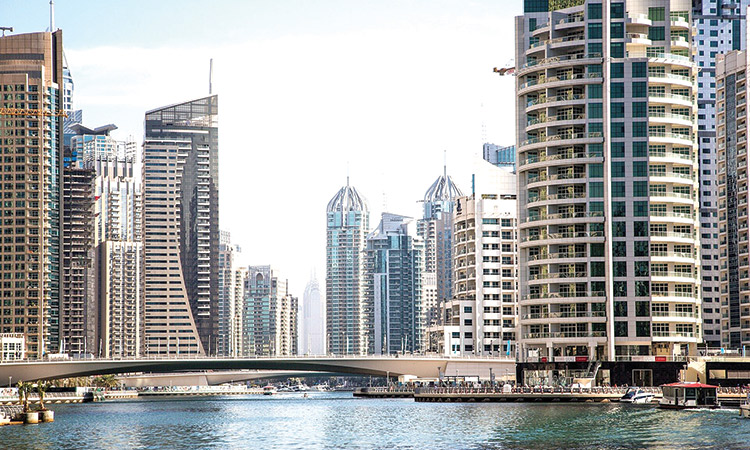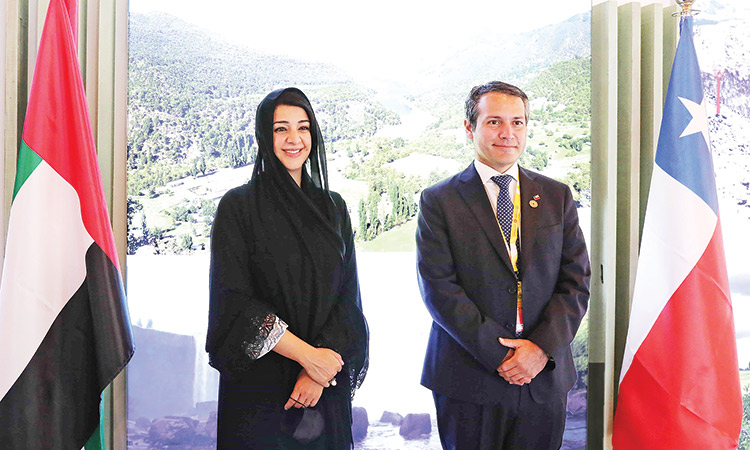New business growth surges

Different sectors of the UAE economy are constantly showing positive trends.
Output levels rose at the strongest rate for more than two years, while confidence regarding future activity improved markedly.
The headline seasonally adjusted IHS Markit UAE Purchasing Managers’ Index (PMI) – a composite indicator designed to give an accurate overview of operating conditions in the non-oil private sector economy – surged to 55.7 in October, from 53.3 in September, and was well above the 50.0 no-change mark. This was the highest reading since June 2019 and the first time since the start of the pandemic that it was above the long-run series average. The PMI signalled a sharp expansion in business conditions during October that was driven by considerably faster increases in both output and new orders compared to a month ago.
The two respective sub-indices reached their highest levels in more than two years. New orders grew sharply in October, driven by a substantial increase in demand as the Expo 2020 began.
According to panellists, the event drove increased sales in a number of sectors as tourism strengthened and investment spending rose. In contrast to domestic sales, export orders ticked up only marginally at the start of the fourth quarter.
Responding to the robust upturn in new business, UAE non-oil companies raised output levels sharply and to the greatest extent since July 2019. As well as the Expo, firms noted that the loosening of pandemic restrictions also helped to boost activity.
Commenting on the latest survey results, David Owen, Economist at IHS Markit, said: “The Expo 2020 finally began in the UAE at the start of October and brought a highly welcome upsurge in growth across the non-oil private sector.
The increases in both output and new business were sharp and the most marked since July 2019. In addition, the boost to sales led more companies to predict a rise in activity over the next 12 months, as optimism jumped to the highest level since the beginning of the pandemic.
“The key test for the UAE economy will be whether this initial uplift in demand from the Expo can be sustained over the coming months. We also wait to see whether this will strengthen employment growth, as latest data showed a subdued rate of hiring despite growing pressure on business capacity.”
Despite this, there was a pile-up of outstanding work during October. Backlogs rose at a solid pace, albeit one that was slightly softer than in September.
While some firms added to their workforces to relieve capacity pressures, employment growth was only marginal overall.Supplier lead times shortened slightly in October, as firms indicated that vendors were able to meet tighter delivery schedules in spite of global supply-chain issues.
As a result, businesses were able to purchase more inputs and add to their inventories, although purchasing growth eased slightly from September.Latest data also signalled a slowdown in the overall rate of input cost inflation across the non-oil economy.
Purchase costs ticked up only slightly, while staff costs fell for the first time since January. As such, overall expenses rose at the softest pace for five months.With cost inflation only mild, average prices charged by non-oil companies decreased in October, amid continued efforts by firms to remain competitive and gain additional clients.
The rate of discounting eased to a slight pace, however, as rapid sales growth encouraged some firms to lift their fees.Lastly, forecasts for future output improved considerably in October, amid hopes that the positive impact from the Expo can be sustained. The overall degree of optimism was the strongest since March 2020.
The IHS Markit UAE PMI is compiled by IHS Markit from responses to questionnaires sent to purchasing managers in a panel of around 400 private sector companies. The panel is stratified by detailed sector and company workforce size, based on contributions to GDP.
The sectors covered by the survey include manufacturing, construction, wholesale, retail and services.Survey responses are collected in the second half of each month and indicate the direction of change compared to the previous month.
A diffusion index is calculated for each survey variable. The index is the sum of the percentage of ‘higher’ responses and half the percentage of ‘unchanged’ responses.







